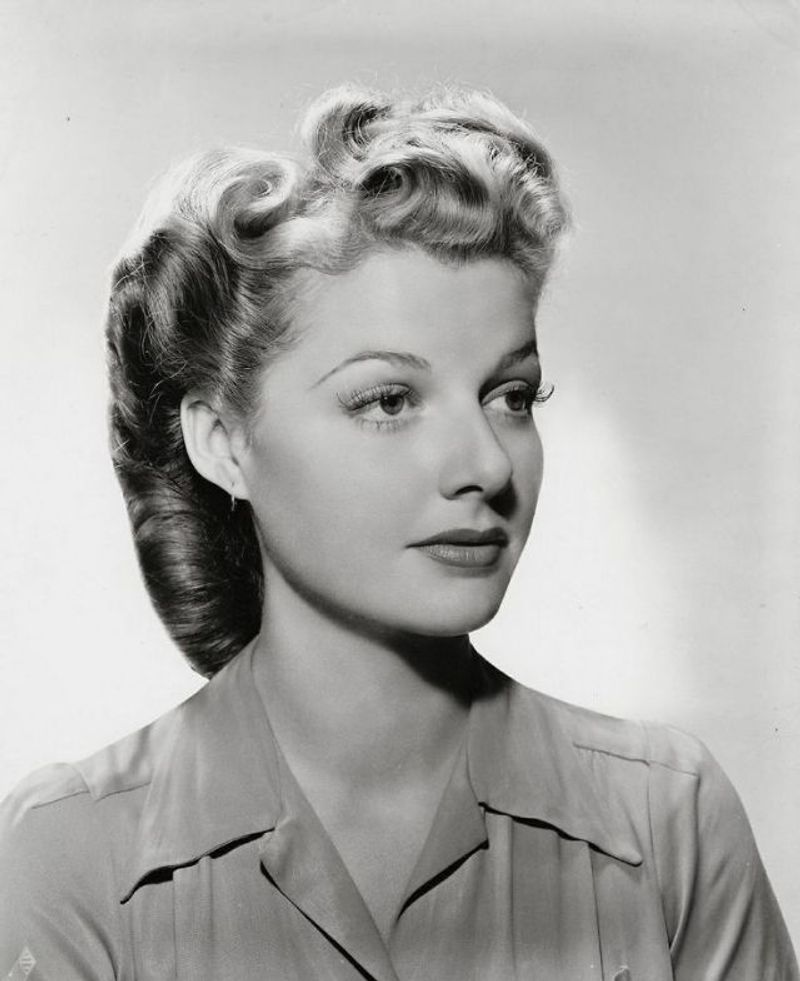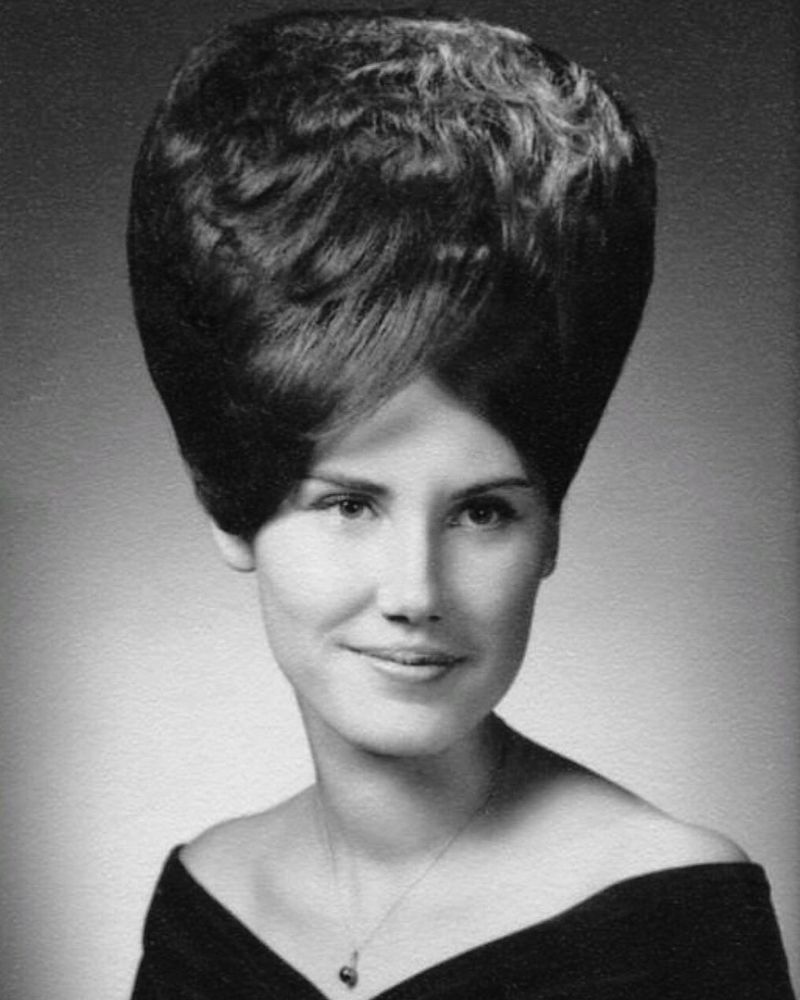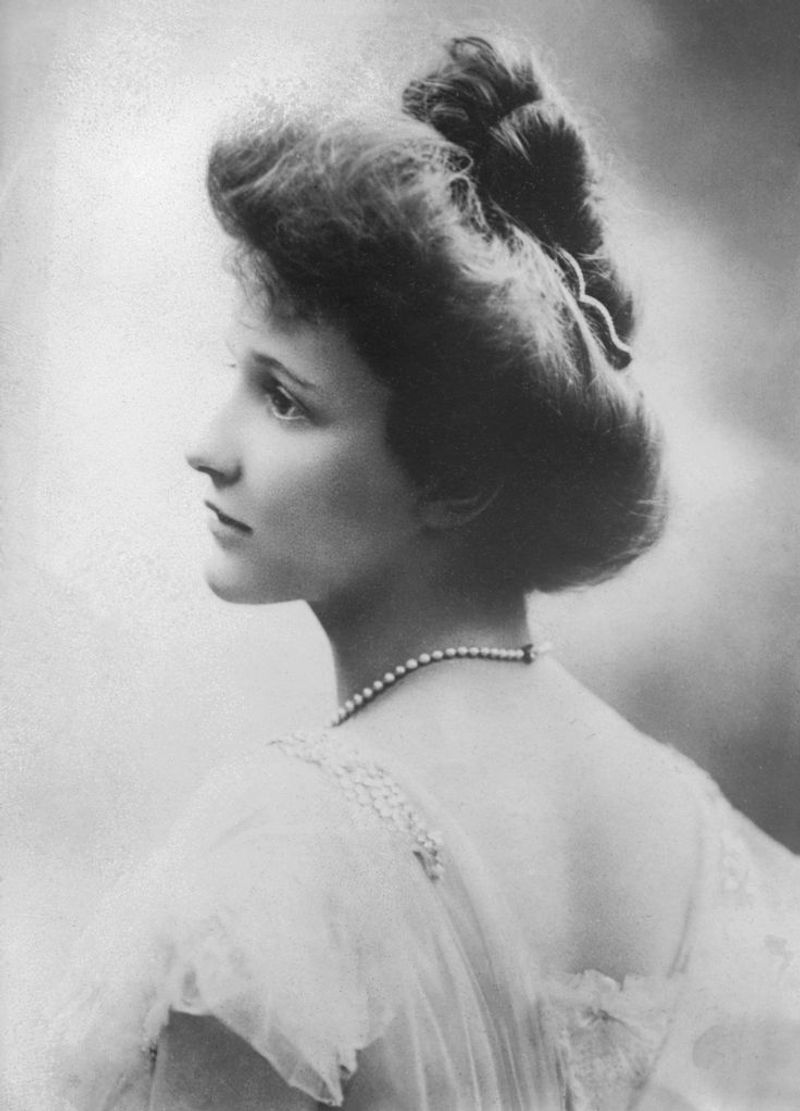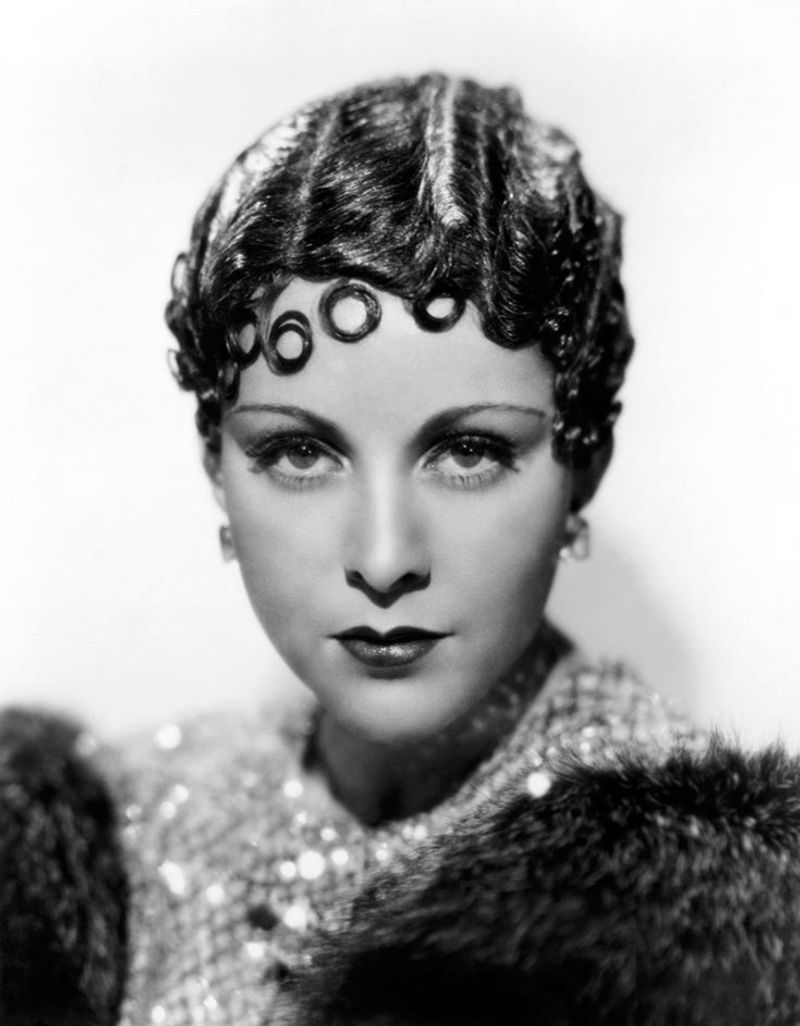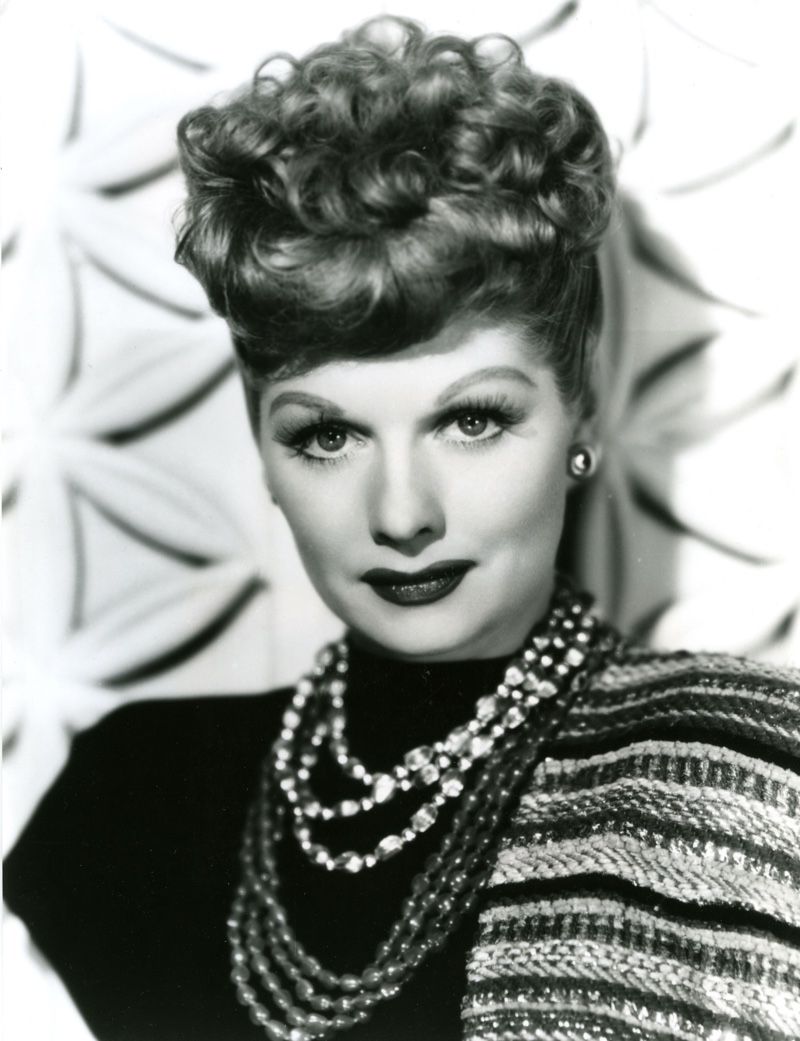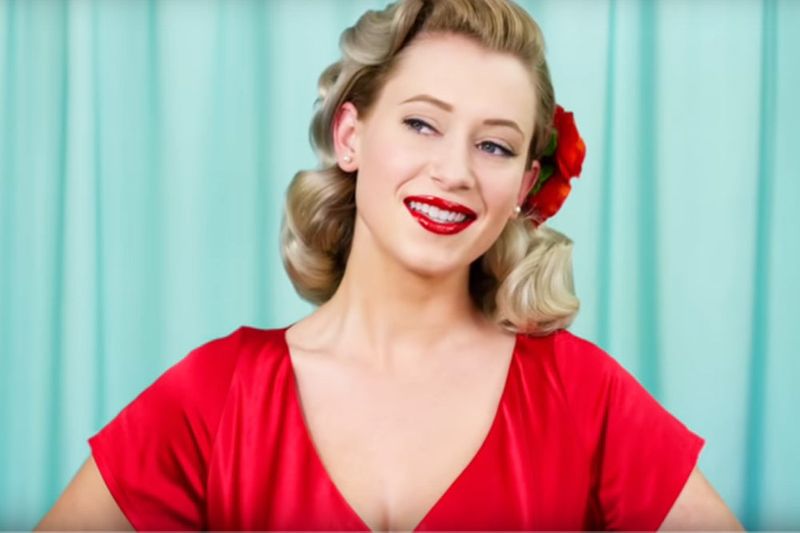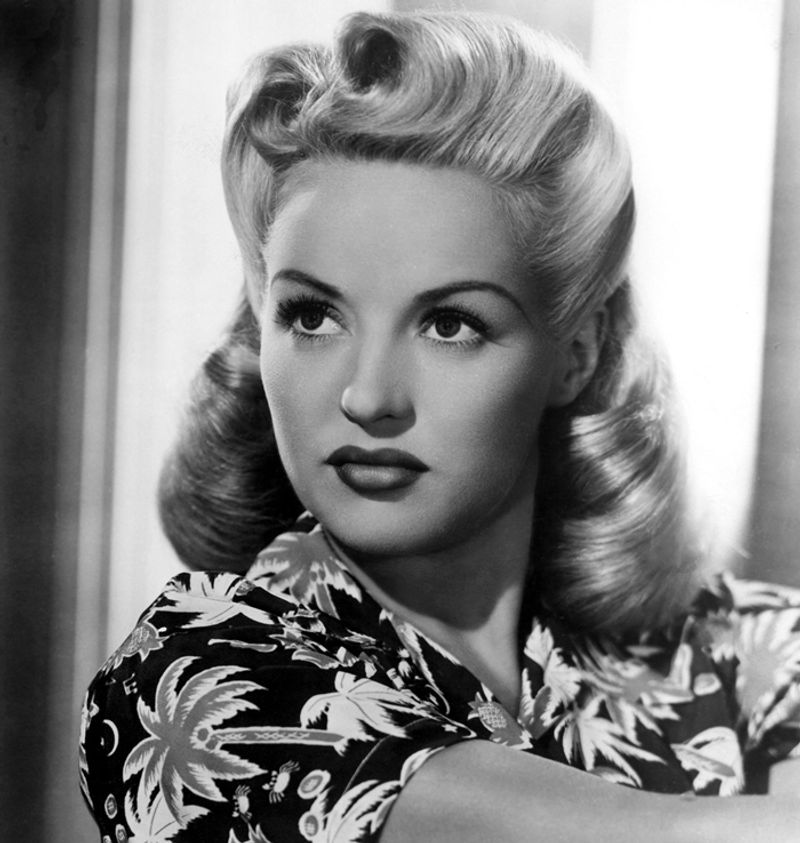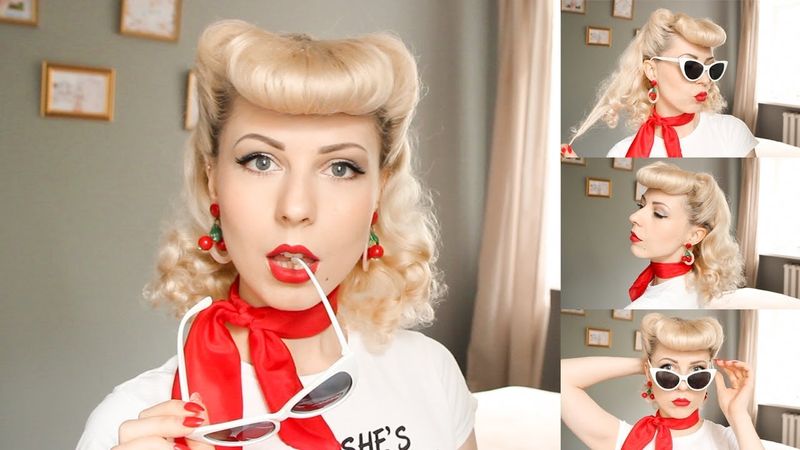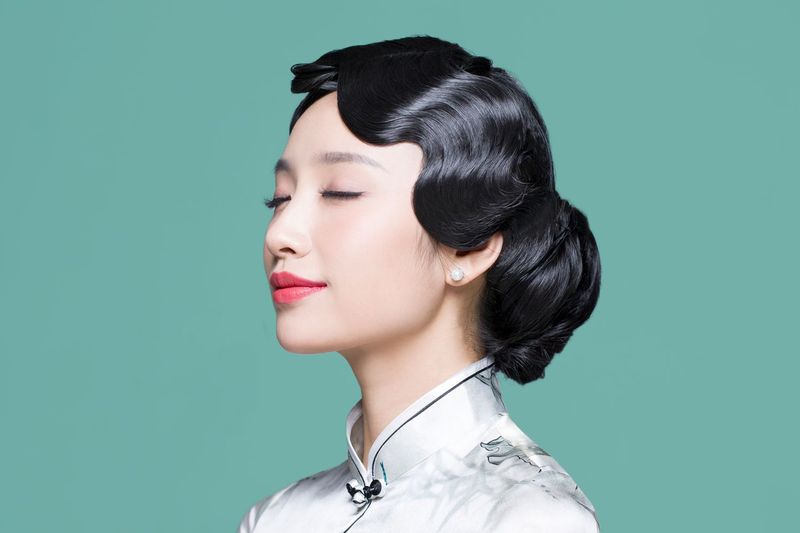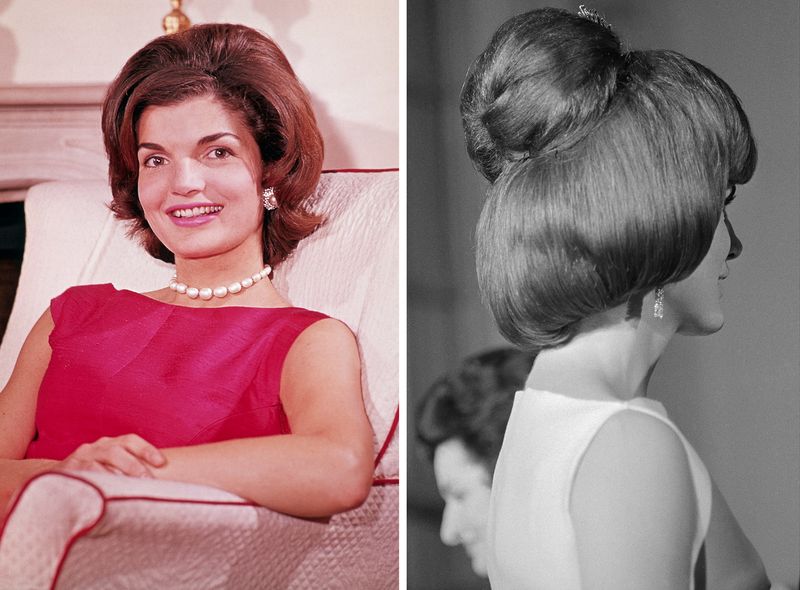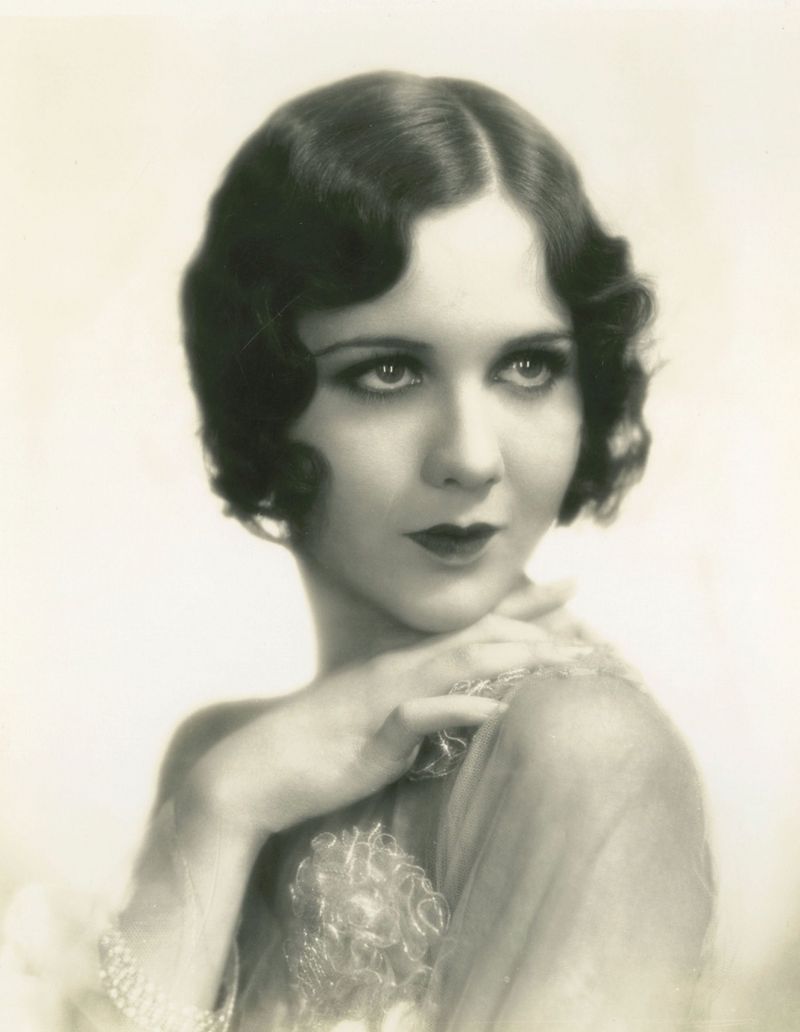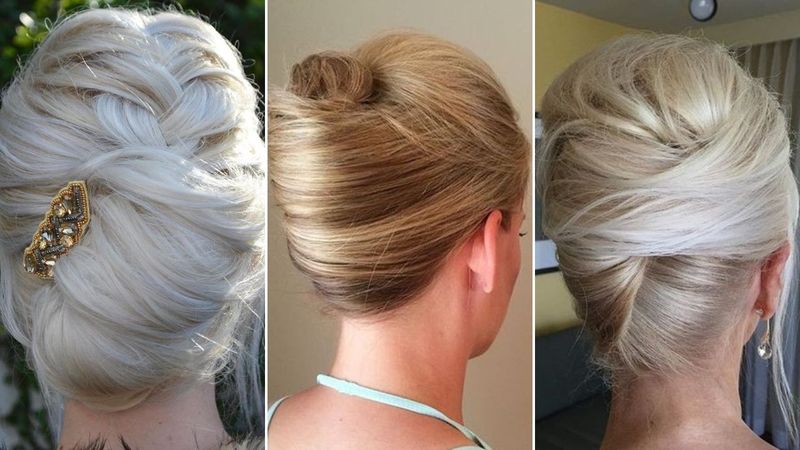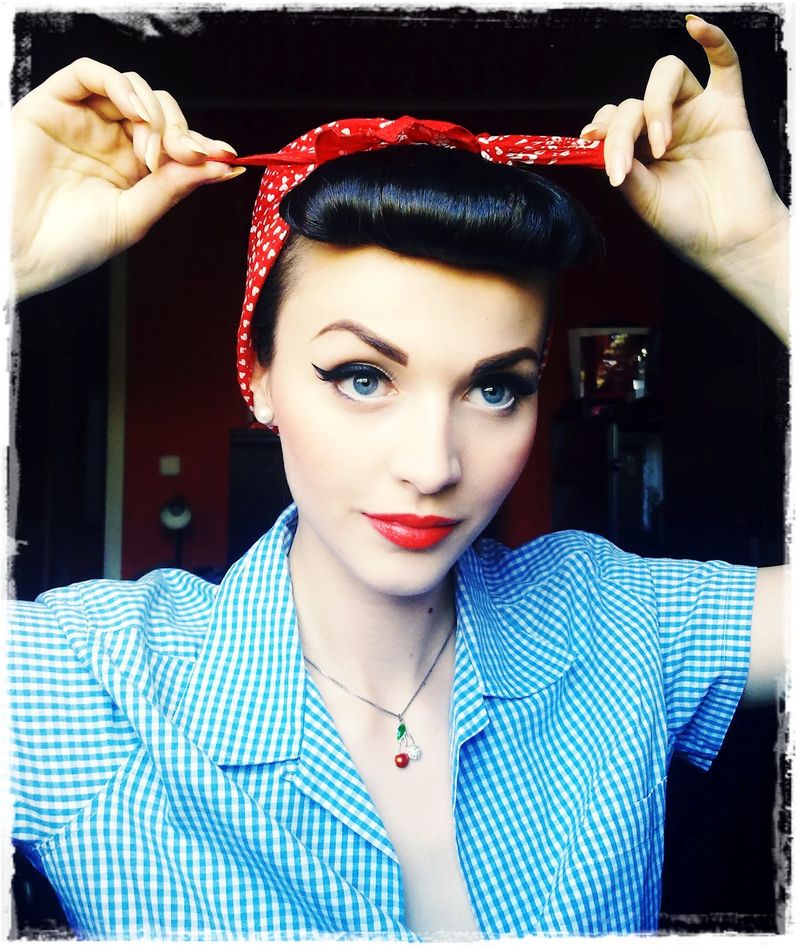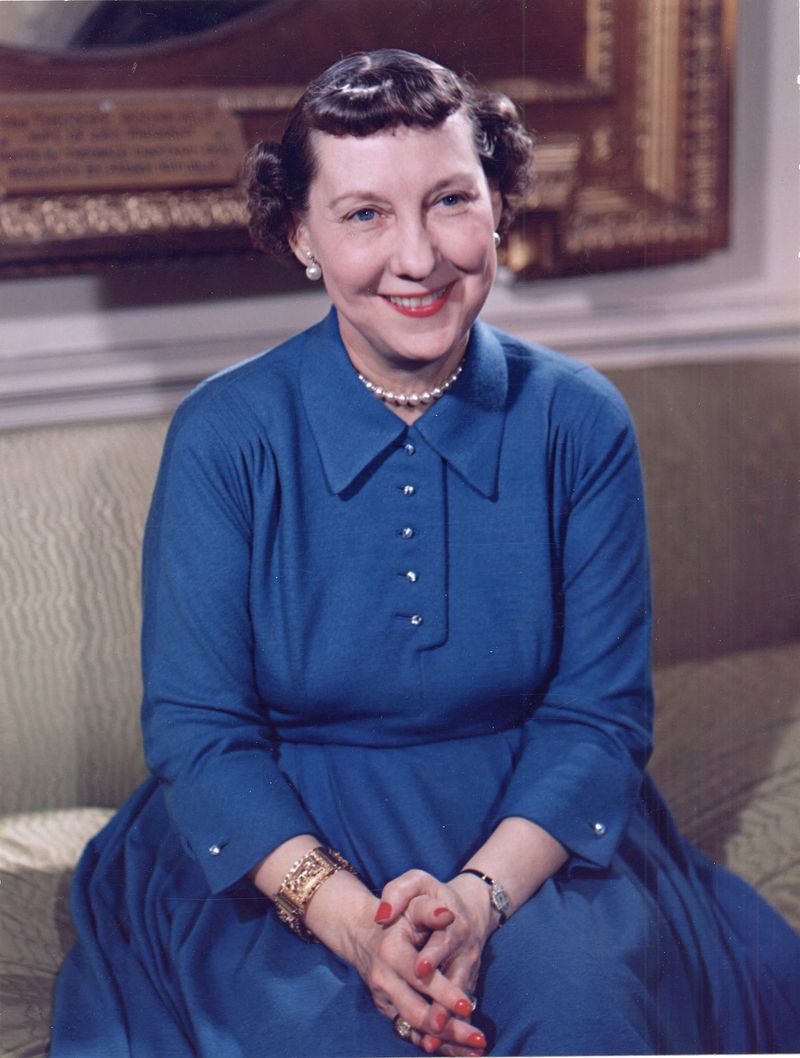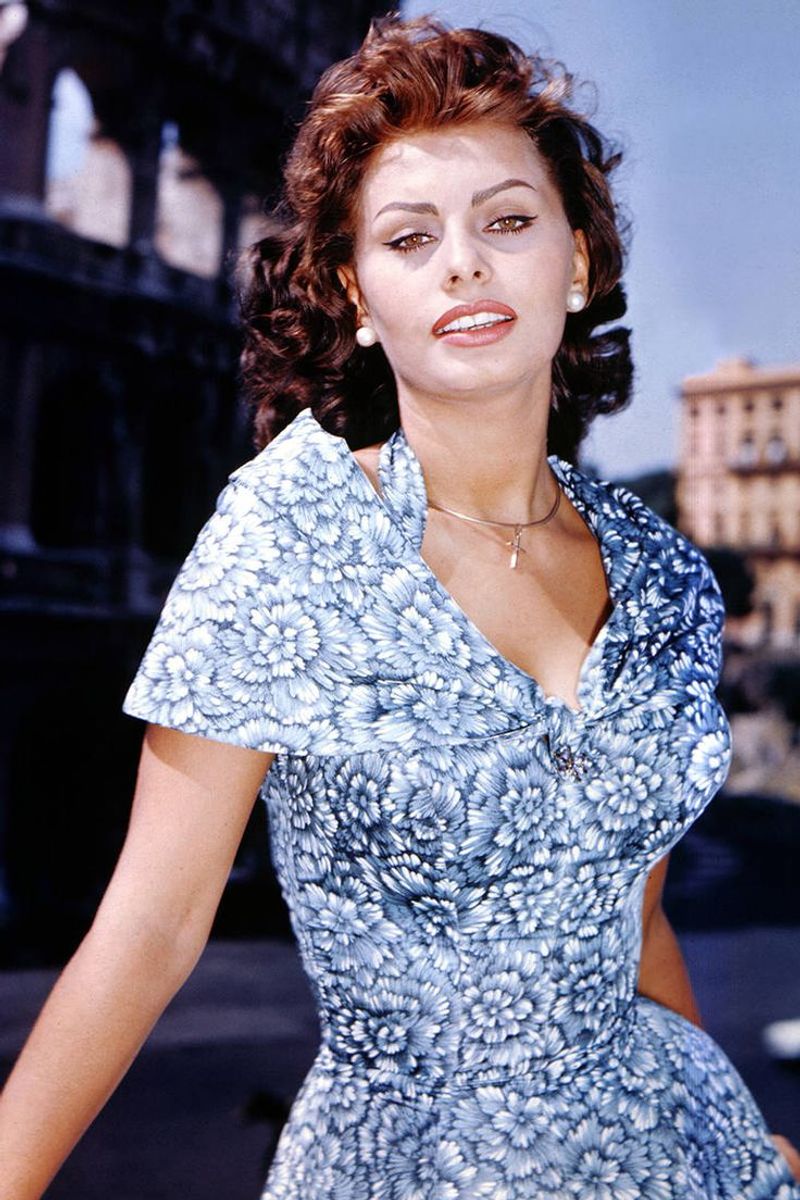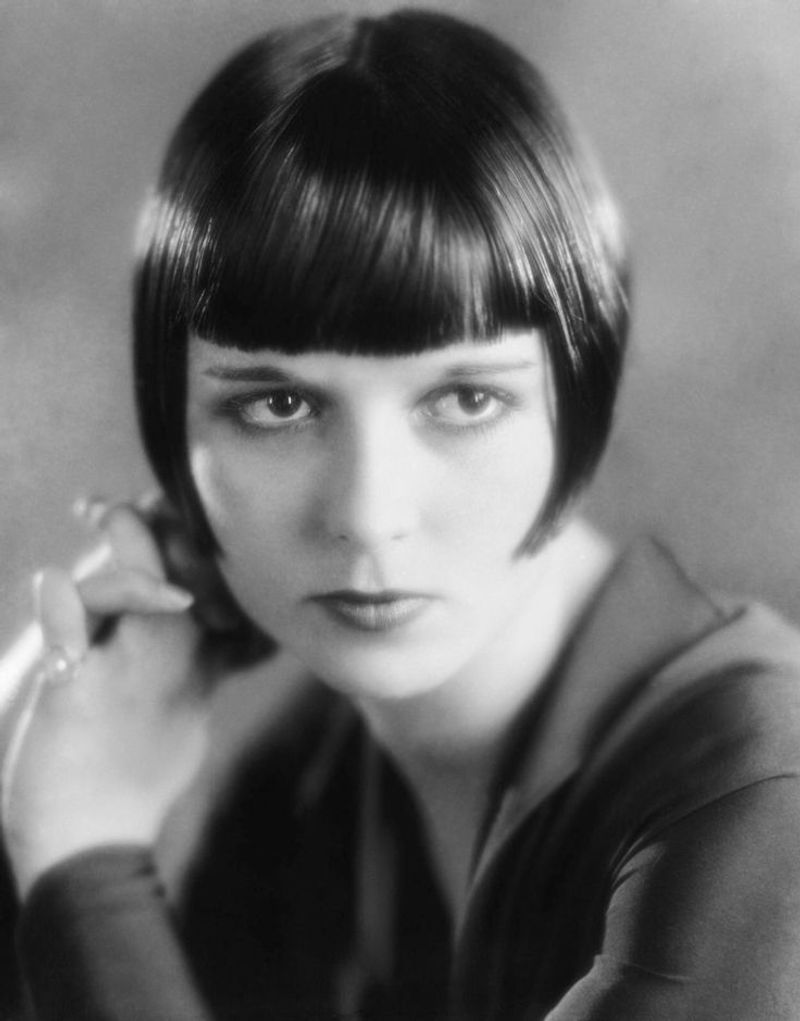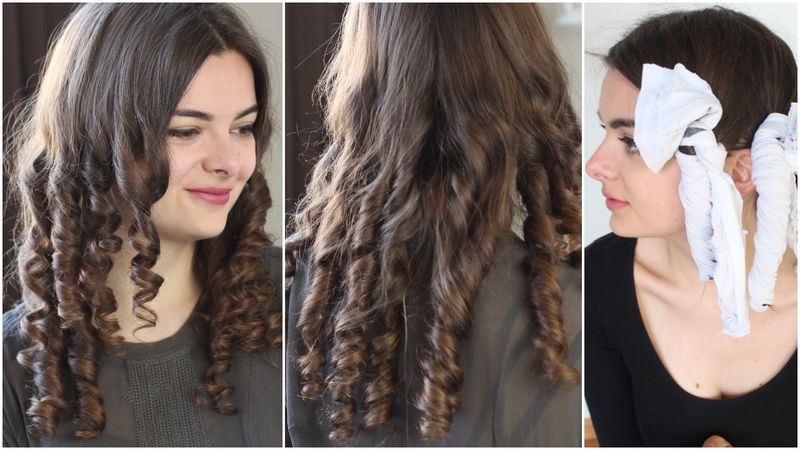Hair has always been more than just strands atop our heads—it’s a powerful form of self-expression and cultural identity. Our grandmothers understood this connection between personal style and social standing.
These iconic hairstyles from yesteryear weren’t just about looking good; they communicated status, beliefs, and even rebellion in ways we might not recognize today.
1. Tiradas de victoria
Named after fighter planes’ celebratory aerial maneuvers during WWII, these upward-rolled curls symbolized patriotism and resilience. Women working in factories could keep hair safely tucked away while maintaining femininity during challenging times.
Related: -Thinking About Box Braids? Here Are 17 Things You Should Know
2. La colmena
Reaching skyward like its namesake, this towering 1960s style represented social aspiration and modern femininity. Hairspray sales skyrocketed as women maintained these elaborate structures that sometimes stayed intact for days between salon visits.
3. Gibson Girl Pompadour
Popularized in the early 1900s, this voluminous upswept style represented the ideal American woman—educated, athletic, yet traditionally feminine. Hair rats (mesh forms) hidden beneath created the signature poufy silhouette admired in society circles.
4. Marcel Waves
Created with heated waving irons, these uniform ripples defined 1920s sophistication. Flapper girls embraced these structured waves as a rejection of Victorian-era long locks, signaling their modern attitudes and newfound freedoms.
5. Poodle Cut
Short, tightly curled, and utterly practical—this 1950s style freed women from hours of hair maintenance. The playful name belied its serious purpose: allowing busy mothers and working women to manage their appearance efficiently.
6. Rizos
Grandmothers would patiently set rows of these tiny curls before bed, securing each with bobby pins. The morning reveal brought springy, defined curls that symbolized feminine dedication to beauty rituals and proper grooming.
7. El Paje
Sleek, shoulder-length hair with ends curled under created this elegant 1940s silhouette. Veronica Lake made it famous, though many working women adopted a modified version that didn’t obscure one eye—a practical safety consideration.
8. El Pompadour
Originally worn by Madame de Pompadour in the 18th century, this style returned in the 1950s with rockabilly flair. Women swept hair up and back, creating height that symbolized confidence and a bold departure from traditional femininity.
9. Ondas con los dedos
Sculpted with skilled fingers and setting lotion, these S-shaped waves hugged the head during the Depression era. Their elaborate appearance belied their economic practicality—they could be created at home without expensive salon visits.
10. El Bouffant
Jackie Kennedy’s signature style represented American royalty and refined taste. Teasing created the rounded fullness that communicated social status—the bigger the bouffant, the more impressive the woman’s standing in community circles.
11. Spit Curls
These small, carefully placed curls adorned foreheads and temples during the flapper era. Despite their unappetizing name (from using saliva to shape them), they represented youthful rebellion and the rejection of Victorian modesty.
12. The French Twist
Elegant simplicity defined this updo where hair was twisted against the head and secured. Professional women favored this style that communicated sophistication and competence while keeping hair neatly contained during busy workdays.
13. Bandana Updo
During WWII’s factory work era, women wrapped colorful bandanas around rolled hair. This practical style protected locks from machinery while the vibrant fabrics allowed personal expression during uniform-wearing days of wartime production.
14. The Bubble Cut
Made famous by First Lady Mamie Eisenhower, this rounded, helmet-like style projected stability and conformity. The carefully controlled shape symbolized the 1950s ideal of the perfectly managed household and societal expectations for women.
15. The Italian Cut
Sophia Loren and Gina Lollobrigida inspired this voluptuous, tousled style that celebrated feminine curves. Short yet full of movement, it represented a Mediterranean sensuality that challenged American beauty standards of controlled perfection.
16. The Shingle Bob
Radically short and tapered at the nape, this 1920s cut physically liberated women from heavy hair. The controversy it caused can’t be overstated—some husbands divorced wives who adopted this symbol of female independence.
17. Overnight Rag Curls
Strips of fabric wound through damp hair created these economical curls. Grandmothers taught daughters this technique during hard times, passing down not just beauty secrets but lessons in resourcefulness and making do with available materials.


